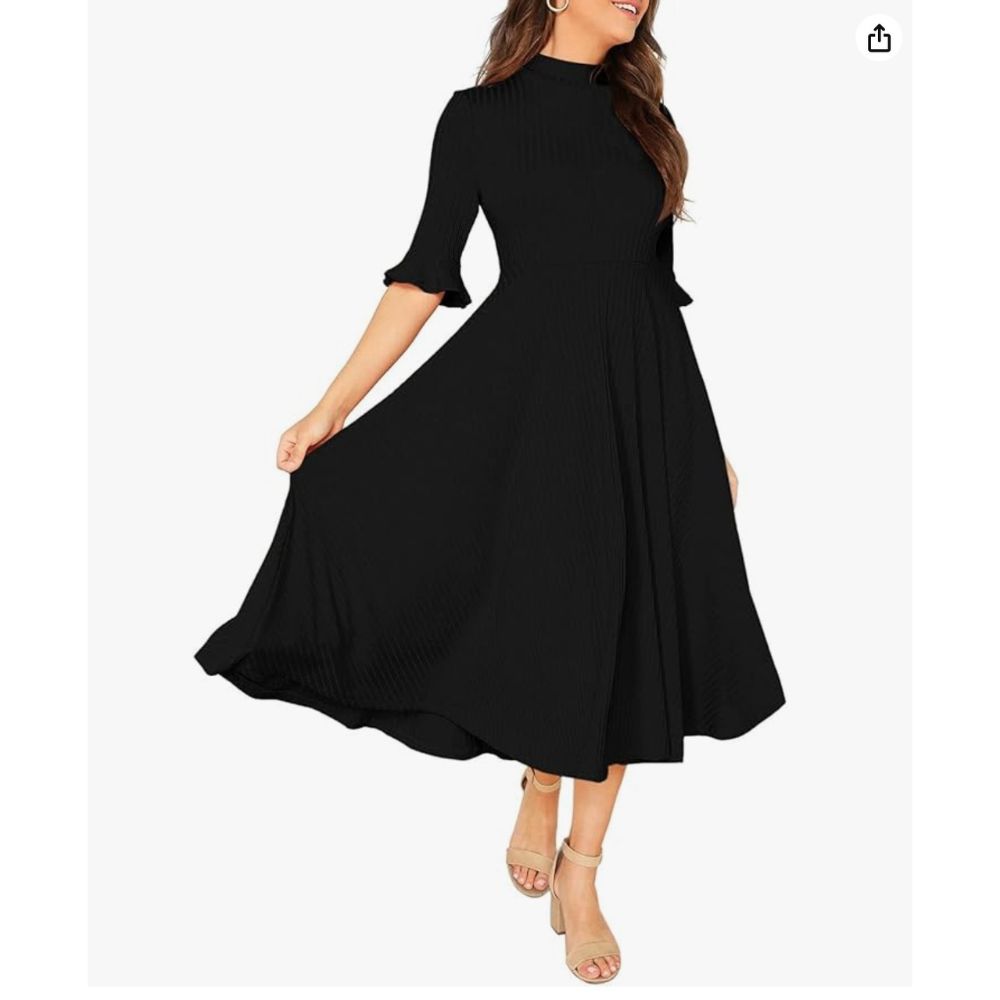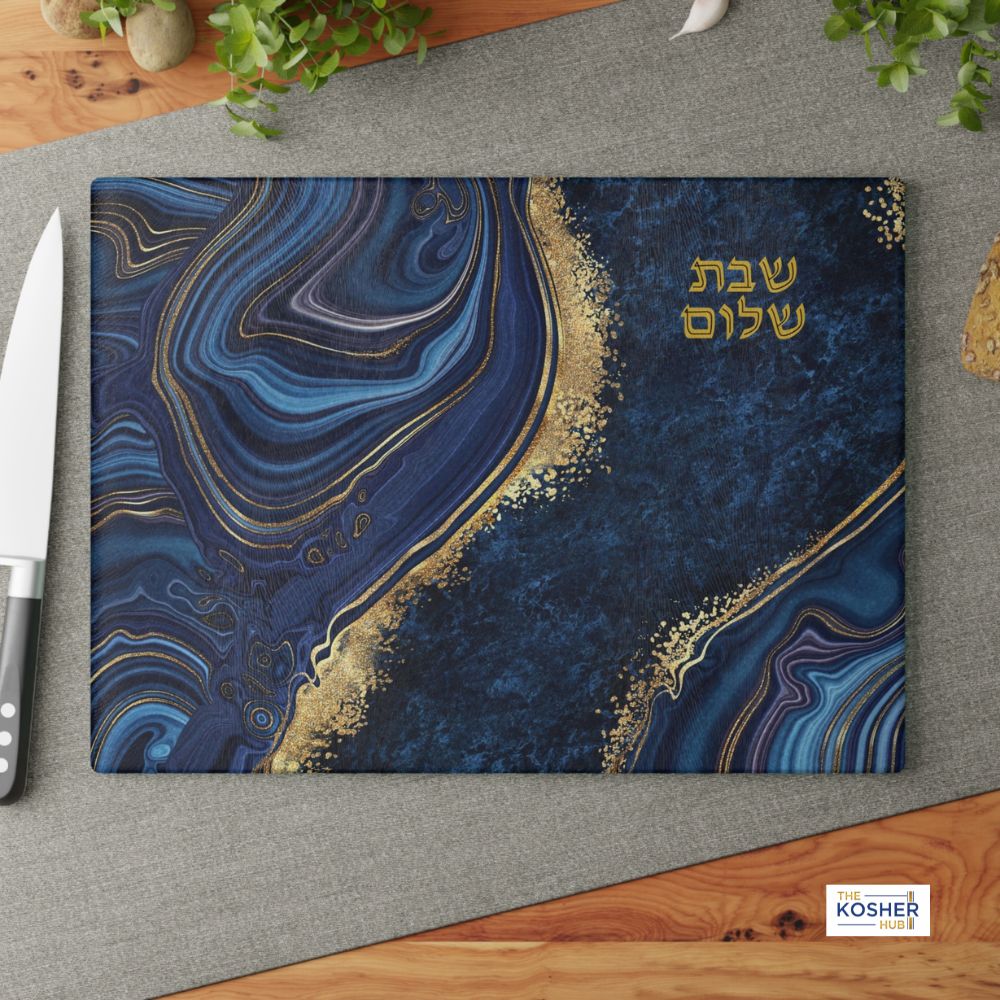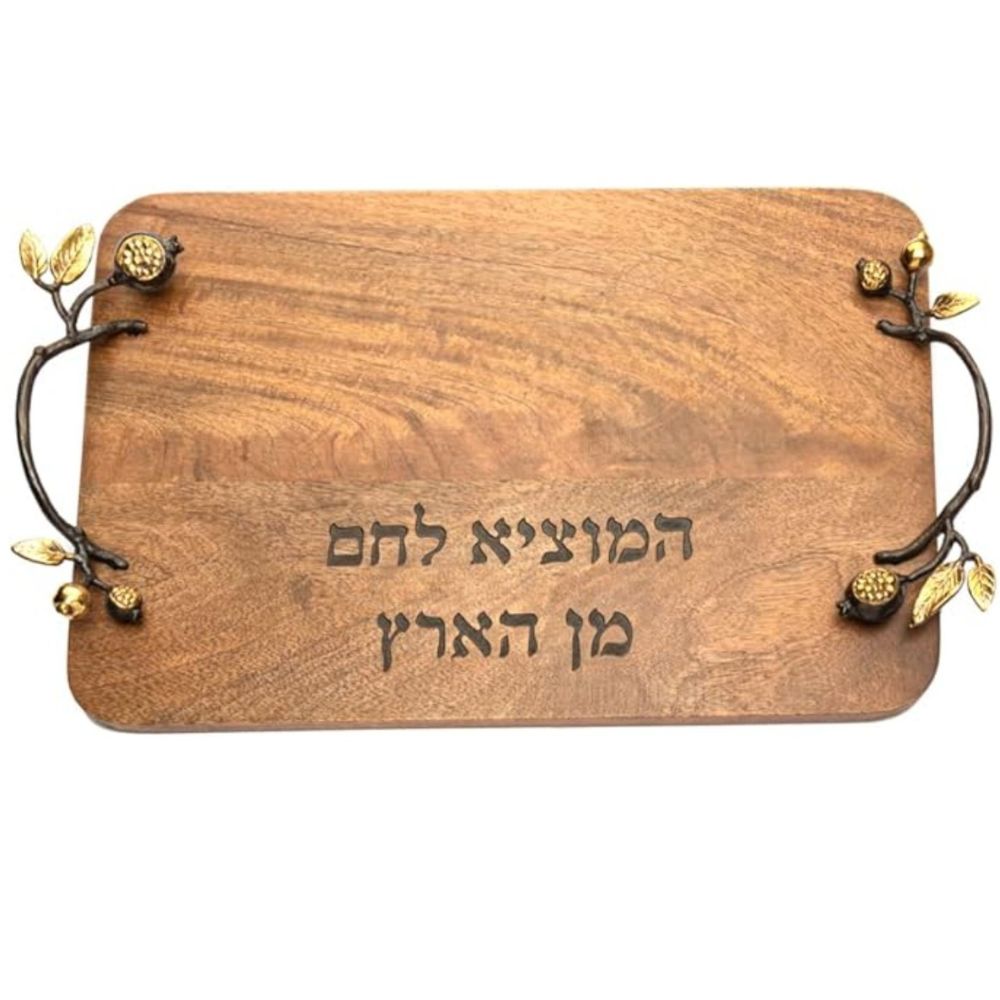What is a Shabbat Alarm Clock?
A Shabbat alarm clock—also known as a kosher clock—is a specially designed timekeeping device that enables observant Jews to wake up or keep track of time on Shabbat (the Sabbath) and Jewish holidays without violating halachic (Jewish legal) restrictions on electricity and manual operation.
🔧 Key Features of a Shabbat Alarm Clock
These clocks differ from standard alarm clocks in several important ways:
Pre-Set Alarms: Alarms are set before Shabbat begins, ensuring no interaction with the device during Shabbat.(Yeshiva World News)
Automatic Shutoff: The alarm typically turns off automatically after a short duration (e.g., one minute), eliminating the need to manually silence it.


Shabbat Mode: A special mode disables buttons and screens, preventing accidental activation and ensuring compliance with Shabbat laws.
Multiple Modes: Some models offer Weekday, Shabbat, and Travel modes, allowing flexibility for different days and situations.
For example, the KosherClock™ V3 features an innovative outer sleeve that can be rotated to switch between modes. In Shabbat Mode, the sleeve covers the buttons and screen, preventing any interaction.
📱 Shabbat Alarm Clock Apps
In addition to physical clocks, there are smartphone apps designed for Shabbat use. These apps allow users to set alarms before Shabbat, which then operate without requiring any interaction during Shabbat. For instance, the Shabbat Alarm Clock app by Daniel Gerber enables users to schedule alarms and reuse them weekly, ensuring timely wake-ups for prayers or other activities. (Bukharian Jewish Link, AppAdvice)
⚖️ Halachic Considerations
The use of alarm clocks on Shabbat involves various halachic considerations:(Halacha2go)
Setting Alarms: It is generally permissible to set an alarm before Shabbat to ring during Shabbat, provided it does not lead to prohibited actions. (Bukharian Jewish Link)
Turning Off Alarms: Manually turning off an alarm during Shabbat is typically prohibited, especially if it involves electrical components. Therefore, alarms that shut off automatically are preferred. (Yhb)
Noise Concerns: Some authorities express concerns about alarms making noise on Shabbat, as it may disturb the peace or give the impression of performing prohibited work. Thus, it’s advisable to use alarms that are discreet and do not disturb others.
🛍️ Where to Find Shabbat Alarm Clocks
Shabbat alarm clocks are available through various retailers specializing in Jewish products. For instance, the KosherClock™ V3 can be found on platforms like Amazon. (KOSHER INNOVATIONS)
Shabbat Attire
Shabbat attire is a meaningful expression of reverence for the Sabbath, blending tradition, modesty, and personal style. While customs vary across communities, certain guidelines are widely observed.(Smart Outfit Ideas)
👔 Men’s Shabbat Attire
Formal Wear: Men typically wear suits or dress pants paired with a button-up shirt. A kippah (skullcap) is commonly worn during prayers and meals. (Smart Outfit Ideas)
Footwear: Polished dress shoes or loafers are preferred, avoiding overly casual options like flip-flops.(Smart Outfit Ideas)
Accessories: Some men choose to wear a tallit (prayer shawl) during synagogue services.(Mi Yodeya)
👗 Women’s Shabbat Attire
Modest Clothing: Women often opt for dresses or skirts that cover the knees, paired with blouses that have sleeves. In more traditional settings, shawls or scarves may be worn, especially in synagogue. (Smart Outfit Ideas)
Footwear: Closed-toe shoes or elegant sandals with a moderate heel are common, balancing comfort with formality.(Smart Outfit Ideas)
Accessories: Understated jewelry and head coverings, like scarves or hats, are chosen based on personal and community customs.
🎨 Color and Fabric Choices
Color Preferences: While black is a classic choice for its elegance, some traditions, like those influenced by Rabbi Isaac Luria (the Arizal), advocate for wearing white garments on Shabbat to symbolize purity. (NJOP)
Fabric Selection: Breathable fabrics are favored for comfort, especially in warmer climates. Layering is practical for adapting to varying temperatures during synagogue services and meals.
🕍 Community and Cultural Variations
Synagogue Services: Attire is generally more formal, reflecting the sanctity of the space.
Family Gatherings: Smart-casual attire is appropriate, maintaining a respectful appearance while ensuring comfort.(Smart Outfit Ideas)
Regional Differences: In Israel, for example, attire can range from formal in religious communities to more casual in secular areas. (Smart Outfit Ideas)
Dressing thoughtfully for Shabbat enhances the spiritual experience, honoring the day’s significance through respectful and appropriate attire.(Smart Outfit Ideas)


Shabbat Bread - Challah


Shabbat bread, commonly known as challah, is a rich, braided loaf traditionally enjoyed by Jewish families during Shabbat (the Sabbath) and other Jewish holidays. Beyond its delicious taste and distinctive appearance, challah holds deep spiritual and cultural significance.(Chabad, Flavor Insider)
🍞 What Is Challah?
Challah is an enriched, yeast-leavened bread made with ingredients like flour, eggs, water, sugar or honey, and oil. Its dough is often braided—typically in three, four, or six strands—and brushed with an egg wash to achieve a glossy, golden crust. Common toppings include sesame or poppy seeds.(Taste Pursuits, Belly Full, Labna)
On Shabbat, it is customary to place two loaves of challah on the table, symbolizing the double portion of manna that fell for the Israelites in the desert on Fridays, ensuring they had sustenance for both Friday and Saturday without needing to gather food on the Sabbath. (Wikipedia)
✨ Symbolism and Rituals
Braided Design: The intertwining strands represent unity and the interconnectedness of the Jewish people. (Kosherline)
Covering the Challah: During the Shabbat meal, challah is traditionally covered with a cloth. This practice recalls the biblical manna, which was encased between layers of dew to preserve its freshness. By covering the challah, we symbolically reenact this miracle. (Chabad)
Blessing (Hamotzi): Before eating, a blessing called “Hamotzi” is recited over the challah, acknowledging God as the source of sustenance.(Taste Pursuits)
🌍 Variations Across Communities
While the braided challah is prevalent among Ashkenazi Jews, other Jewish communities have their own traditional Shabbat breads:
Sephardic Jews: Often bake loaves enriched with olive oil and flavored with ingredients like saffron, za’atar, or rose water. (My Jewish Learning)
Yemenite Jews: Prepare flatbreads such as lachuch. (My Jewish Learning)
Indian Jews: Might serve naan or chapatis during Shabbat meals. (My Jewish Learning)
Moroccan Jews: Bake pain petri, a slightly sweet, anise-flavored braided bread. (Wikipedia)
🕊️ Cultural Significance
Challah is more than just bread; it embodies themes of abundance, gratitude, and community. Its presence at the Shabbat table serves as a reminder of the sanctity of the day and the importance of coming together with loved ones to share in tradition and reflection.
If you’re interested in baking your own challah or exploring its variations, there are numerous recipes and resources available to guide you through the process.






